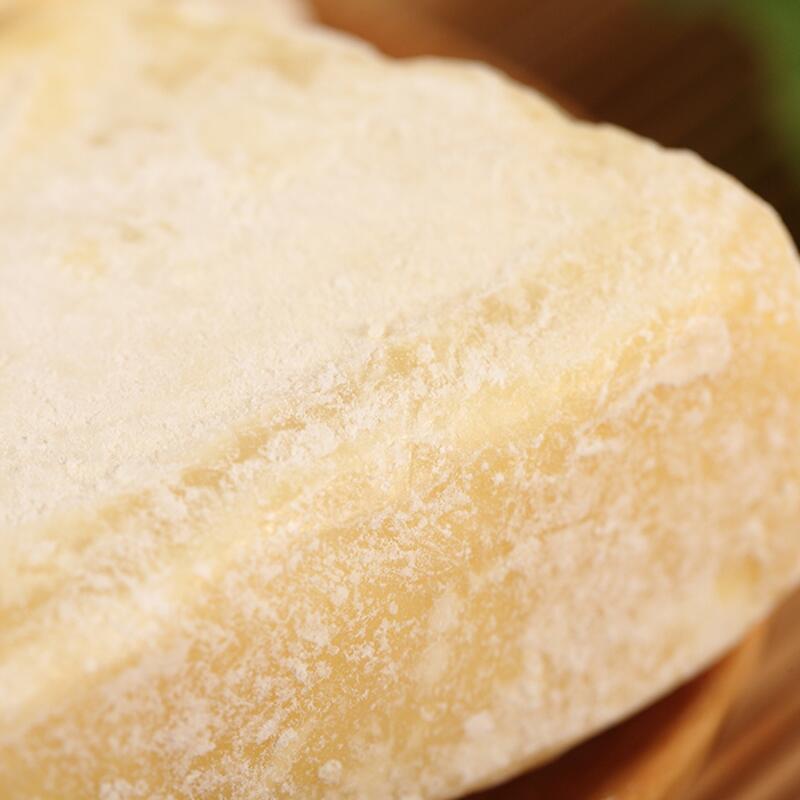-
Categories
-
Pharmaceutical Intermediates
-
Active Pharmaceutical Ingredients
-
Food Additives
- Industrial Coatings
- Agrochemicals
- Dyes and Pigments
- Surfactant
- Flavors and Fragrances
- Chemical Reagents
- Catalyst and Auxiliary
- Natural Products
- Inorganic Chemistry
-
Organic Chemistry
-
Biochemical Engineering
- Analytical Chemistry
-
Cosmetic Ingredient
- Water Treatment Chemical
-
Pharmaceutical Intermediates
Promotion
ECHEMI Mall
Wholesale
Weekly Price
Exhibition
News
-
Trade Service
The Shanghai Chenshan Plant Science Research Center/Shanghai Chenshan Botanical Garden Plant Systems and Evolution Research Group and
Xishuangpuna Tropical Botanical Garden Paleo-Ecological Research Group and Andrew L. HIPP researchers and other cooperation, the eurasian intermittent distribution of the bio-geographic analysis of the genus holly group, the results show that: the European distribution of holly is a single system, and with the branch of the alpine eucalyptus and Paton, holly is widely spread in the eastern part of the ancient Mediterranean coast at the beginning of the New World, the early Mesothemum fossils and the late Mesocenes fossil leaf form is significantly different. The findings were published online online in the International Journal of Biometrics.
Eurasian tropical and subtropical organisms present a Mediterranean-East Asian intermittent distribution pattern, which is mainly caused by two views: one is believed to originate from the north-central subtropical flora, from the cold climate to the south, and the other is believed to have been formed by the long-distance spread from East Asia to Europe during the Meso-Cymal, followed by geographical isolation. Therefore, the mechanism of formation of intermittent Mediterranean-East Asian species needs further study.
The holly group is intermittently distributed in the middle and lower latitudes of Eurasia, and is an important representative group in the vegetation of various regions in this region, which adapts to diverse habitats and has rich fossil records, and is a representative group formed by studying the intermittent distribution pattern of Mediterranean-East Asia.
The researchers combined the differentiation time of the holly group with the geological evolution history of the Qinghai-Tibet Plateau to confirm that the holly shoals distributed in modern Europe originated in East Asia and spread from East Asia to Europe in the gradual 1990s using the Qinghai-Tibet Plateau and the himalian lowlands as channels;
changes in the climate of the Mesothemism have promoted the differentiation of holly ferns and their adaptation to the environment. Deng Min, a researcher at the
Chenshan Plant Science Research Center in Shanghai who led the study, said that as an important tree species in evergreen forests in Europe and East Asia, the evolutionary history of the herring group shows that there is a relatively continuous evergreen hard-leaf forest belt between East Asia and the western Himalayas during the Gradient, providing a channel for migration and diffusion between Eurasian species.jiang Xiaolong, research assistant of the Plant Systems and Evolution research group of the Chenshan Plant Science Research Center in Shanghai, Andrew L. HIPP researcher of Morton Tree Garden in the United States, Deng Min researcher of the Plant Systems and Evolution Research Group and Su Tao researcher of xishuangbana Tropical Botanical Garden were the co-authors of the paper, and Deng Min was the co-author of the paper. The research was supported by the National Natural Science Foundation of China, the Southeast Asian Biodiversity Research Center project of the Chinese Academy of Sciences and the Shanghai Municipal Greening and Municipal Landscape Administration project.
relevant paper information:







